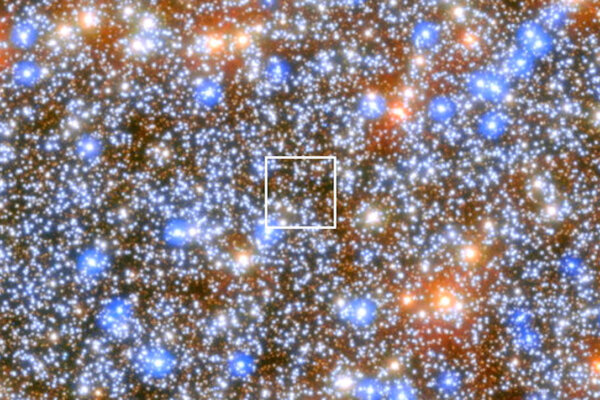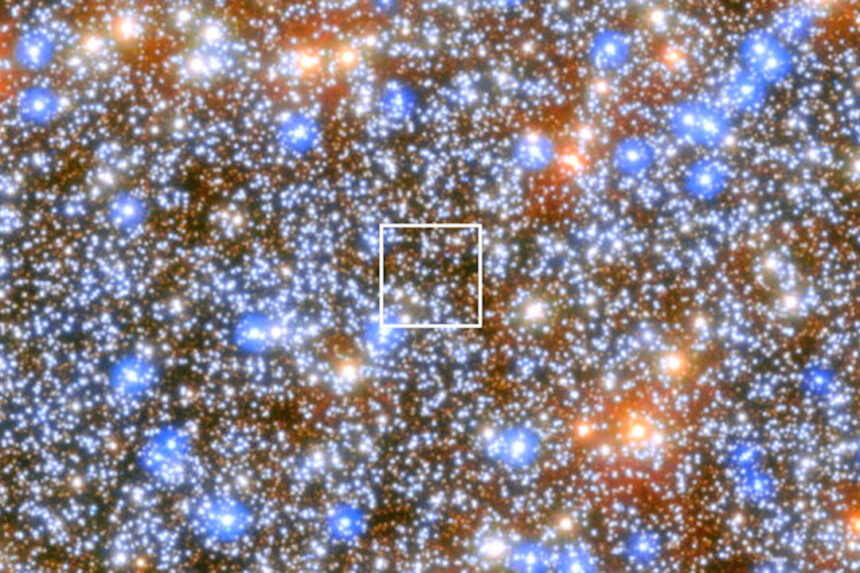
A group of astronomers has analyzed a cluster of stars that appears to be the leftover core of a smaller galaxy that was engulfed by the Milky Way galaxy 8–10 billion years ago. The center of this cluster has piqued their interest.
According to researchers, the unique movement of seven stars in this cluster provides strong evidence for the existence of an intermediate-mass black hole at its core. These black holes are larger than typical ones formed from a single star’s collapse but smaller than the massive black holes found in the centers of most galaxies.
The cluster, known as Omega Centauri, consists of around 10 million stars, with the black hole at its center being at least 8,200 times more massive than our sun.
Compared to the supermassive black hole Sagittarius A* at the Milky Way’s center, which is 4 million times the mass of the sun, this black hole is significantly smaller. The detection of this black hole could help resolve the ongoing debate about the existence of intermediate-mass black holes.
The black hole in Omega Centauri is located approximately 17,700 light-years away from Earth, with the Milky Way’s largest-known black hole, Sagittarius A*, being 26,700 light-years away.
Black holes are incredibly dense objects with immense gravity, making them challenging to detect. This particular black hole was identified based on its gravitational effects on seven fast-moving stars nearby, observed over two decades by the Hubble Space Telescope.
The researchers believe that the smaller galaxy, which was a fraction of the Milky Way’s size, likely contained a black hole that would have grown into a supermassive one over time. However, the merger with the Milky Way froze the black hole’s growth, leaving it in an intermediate-mass state.
The merger stripped away most of the smaller galaxy’s stars, leaving behind the Omega Centauri star cluster.
Further research is needed to understand the formation and implications of mid-sized black holes, which are believed to be common in the early universe and may serve as the seeds for supermassive black holes.
By Will Dunham





